Bunions
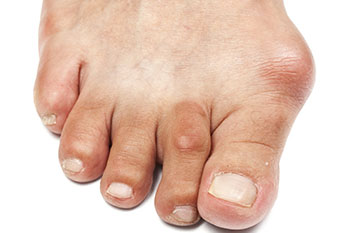
What is a Bunion?
A bunion (Hallux Valgus) is a deformity of the foot that visually manifests as a boney “bump” at the base of the big toe, on the inside of the foot.
What causes the bump is actually a misalignment of the knuckle of the big toe. The knuckle is the joint which connects the first bone of the big toe with the first metatarsal bone of the foot. When this misalignment develops, it causes the metarsal bone to jut out while the big toe leans towards the second toe, rather than pointing straight ahead.
Symptoms and Diagnosis of a Bunion
Aside from the visible deformity, it may be painful to wear shoes, or even to find shoes that fit comfortably over the bump. There may also be pain on the bottom of the foot.
A podiatrist will perform a physical examination and review your health history. X-rays will also be necessary to determine the severity of the bunion and whether arthritis is present.
Treatments for Bunions
There are various treatments available to treat a bunion, which will vary on its severity. The options a podiatrist may suggest can be either conservative (non-surgical) to reduce symptoms or surgical to correct the deformity.
Conservative: A podiatrist may try to minimize symptoms by suggesting changes in footwear—to provide a taller toe box and more comfortable shoes. Custom orthotics may also be used to provide padding or to reposition the big toe. They may also try to modify current footwear by stretching shoes to prevent irritation of the bunion. Toe spacers and bunion sleeves can also provide bunion relief.
Surgical: There are different types of bunion surgery that can be performed to correct the deformity. Realignment surgeries, or osteotomies, return bones and ligaments to their normal positions. Bunionectomies, or exostectomies remove part of the metarsal head to remove the bulge. Fusion surgeries stop the movement bones to reduce pain. Implant surgeries remove the damaged joint with an artificial one.
If you are dealing with a painful condition that you believe might be a bunion, make an appointment with a podiatrist for an examination and to discuss your treatment options.
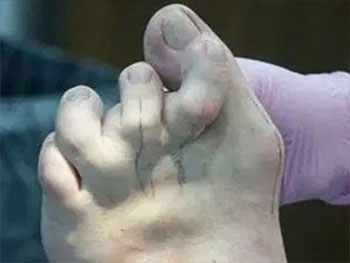 Bunion hammertoe surgery
Bunion hammertoe surgery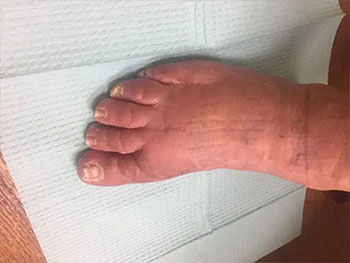
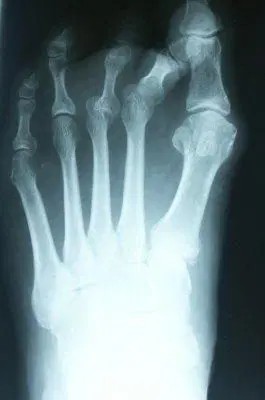 Before surgery
Before surgery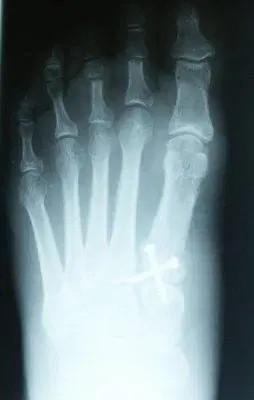 After surgery
After surgery
